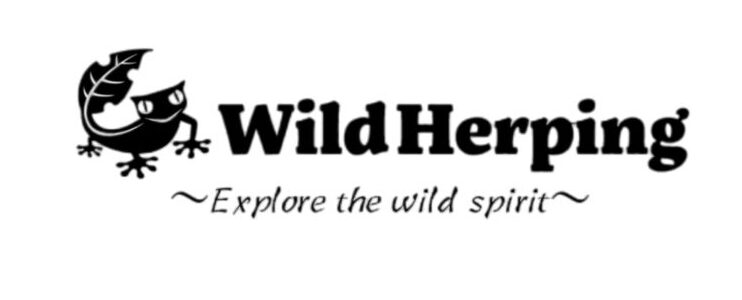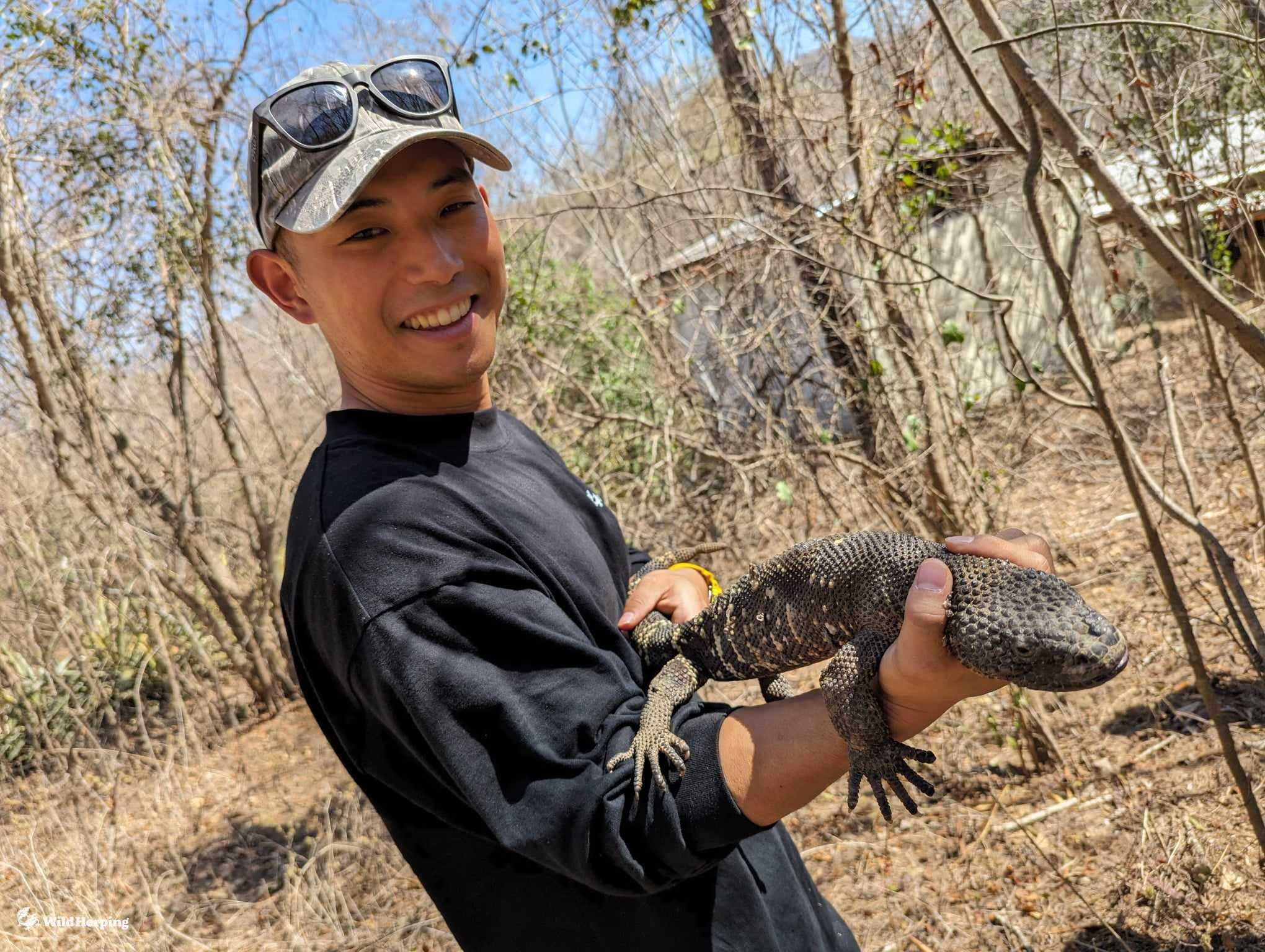The Mamushi, also known as the Japanese pit viper (Gloydius blomhoffii), is a venomous snake indigenous to Japan, spanning Hokkaido to Kyushu. Known for its distinctive triangular head and heat-sensing pits, the Mamushi is a captivating yet dangerous creature. This guide explains where and how to look for the Mamushi safely and effectively.
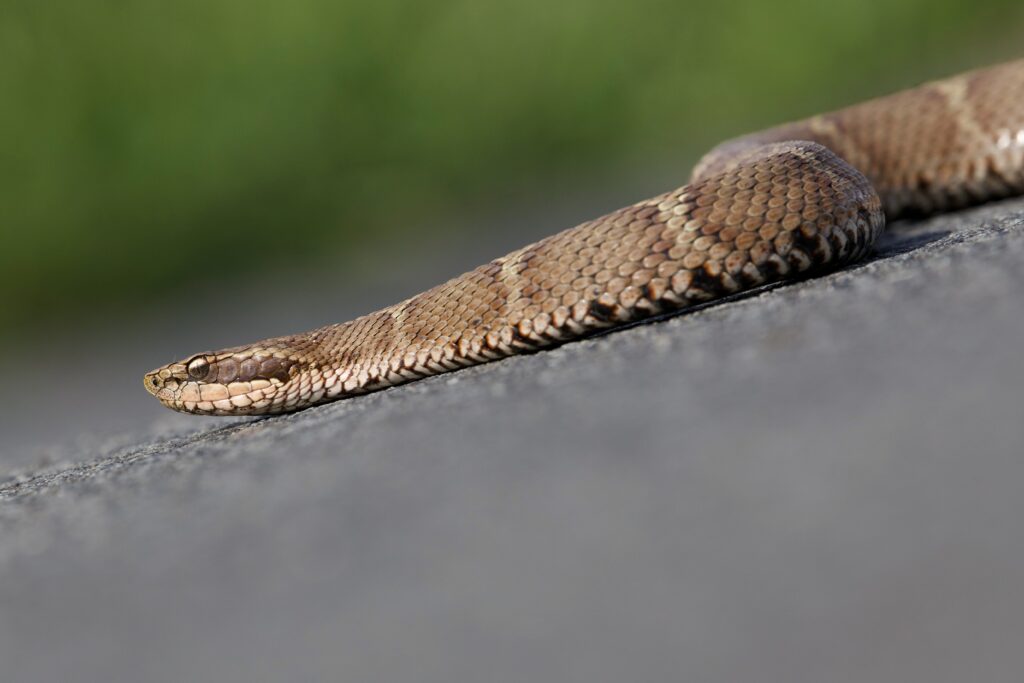
Understanding the Mamushi Pit Viper
Key Characteristics
- Length: 45-65 cm
- Appearance: Short, stout body with a broad, triangular head. Vertical pupils and heat-sensing pits.
- Behavior: Typically remains still and coils defensively when threatened.
Habitat and Distribution
- Range: Found throughout Japan, from Hokkaido to Kyushu.
- Preferred Habitats: Moist environments such as paddy fields, small streams, and grassy areas near water. They thrive in regions with abundant frog populations, which serve as their primary prey.
- Shelter: Prefers areas with structural complexity, like rock piles and stone walls, providing ample hiding spots.
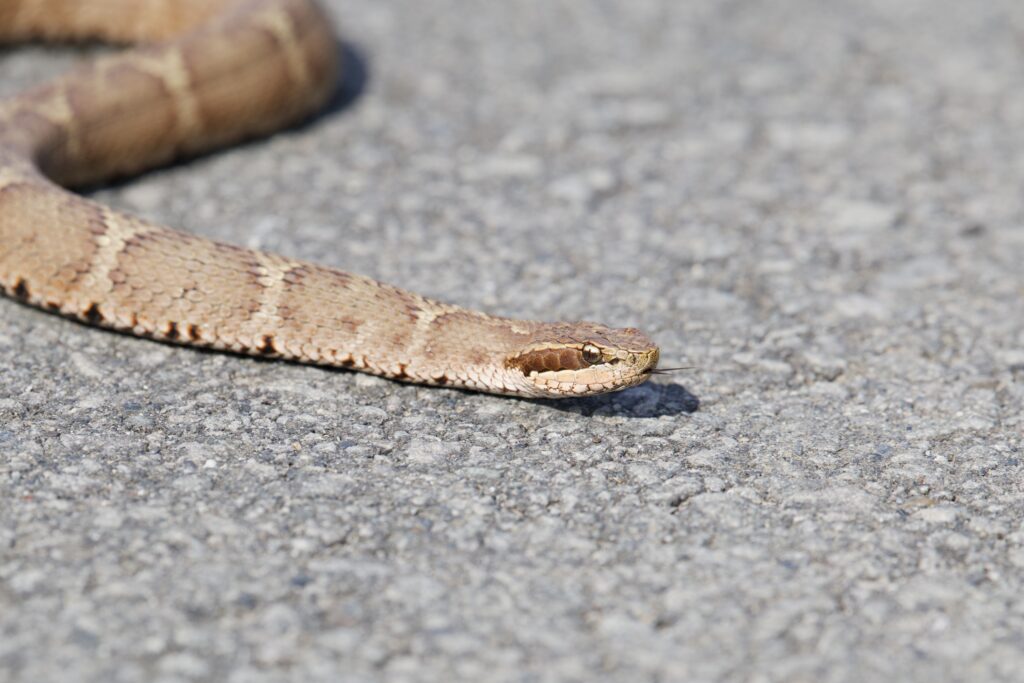
When and Where to Look for the Mamushi
Optimal Seasons
- Active Period: May to October.
- Breeding: Mates in summer, with females giving birth to 2-15 young snakes in August to October of the following year.
Activity Patterns
- Spring and Autumn: Mamushi are more often seen during the day when night temperatures are cooler.
- Summer: With higher night temperatures, Mamushi become nocturnal, making evening and nighttime the best periods to spot them.
Prime Locations
- Water Bodies: Search near rice paddies, small rivers, and irrigation canals. Mamushi prefer areas with high humidity and plenty of frogs.
- Grassy Areas: Look in dense grass near water sources.
- Stone Structures: Check stone walls and rock piles for potential hiding spots.
How to Safely Look for Mamushi
- Protective Gear: Wear long boots to protect your legs from potential bites, especially in tall grass or dense underbrush.
- Approach Carefully: Avoid sudden movements. Mamushi can be aggressive if threatened but will usually remain still if not disturbed.
- Observe from a Distance: Use binoculars or a zoom lens to view the snake from a safe distance.
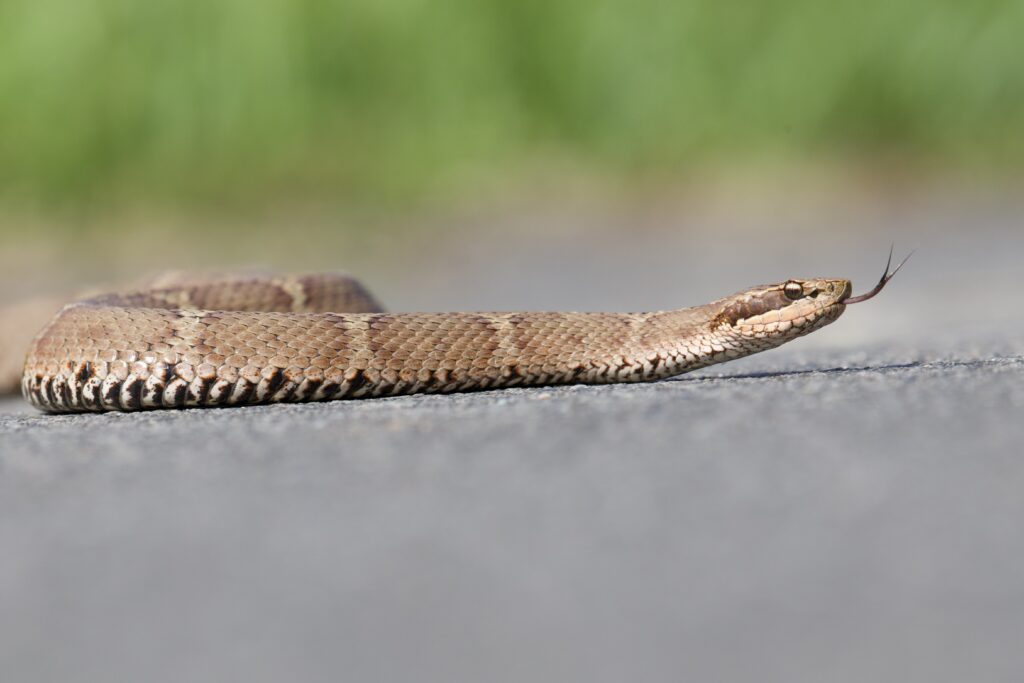
What to Do if You Encounter a Mamushi
- Do Not Disturb: If you spot a Mamushi, do not try to handle or provoke it. Keep a safe distance and observe calmly.
- Move Away Slowly: Back away without turning your back on the snake. Sudden movements may trigger a defensive response.
- Report Sightings: If you’re in a populated area, report the sighting to local authorities to ensure public safety.
First Aid for Mamushi Bites
- Stay Calm: Avoid panic, as it can increase blood flow and spread the venom faster.
- Immobilize the Area: Keep the bitten limb immobile and at or below heart level.
- Seek Medical Attention: Go to the nearest hospital immediately for anti-venom treatment. Do not use tourniquets or attempt to suck out the venom.
Conclusion
Observing the Mamushi, or Japanese pit viper (Gloydius blomhoffii), requires knowledge of their habits and habitats. Understanding where and how to look for these fascinating yet venomous snakes will enable you to appreciate them safely and responsibly in their natural environment. Always prioritize your safety and respect these animals in their natural habitat.
